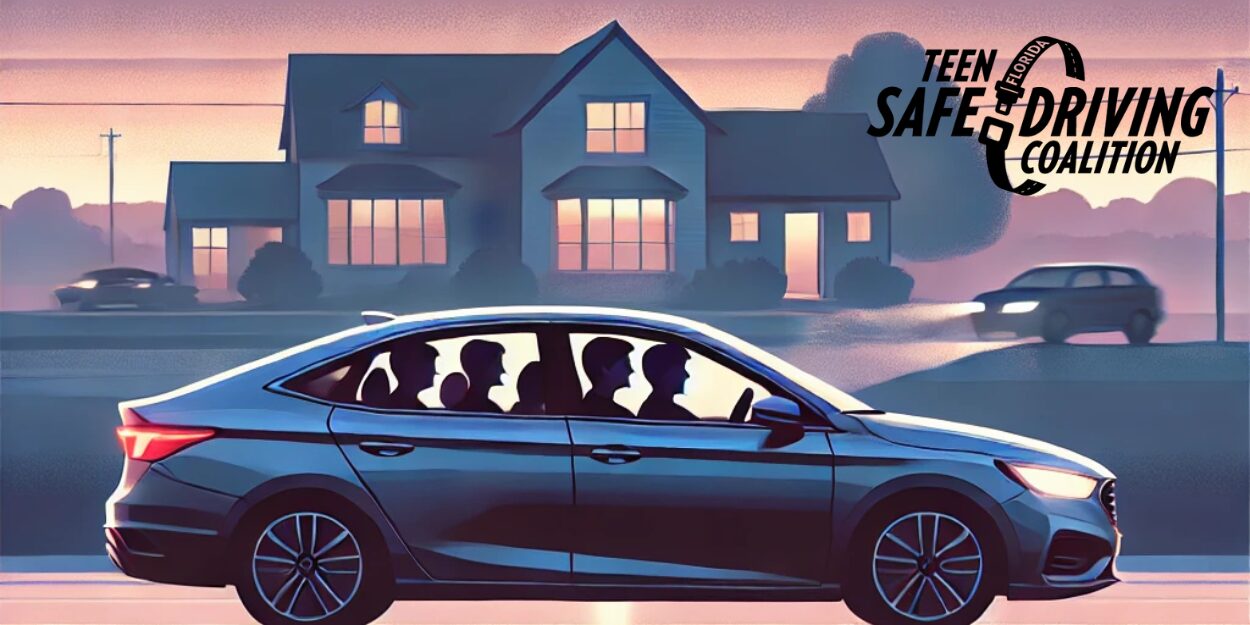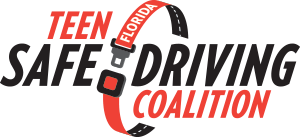
The Danger of Passengers: When to Limit Friends in the Car
For many teens, getting a Driver License represents freedom, independence, and the ability to spend more time with friends. One of the first things many teen drivers want to do after receiving their license is to drive their friends around—whether it’s to school, a party, or just for fun. While this may seem like a harmless way to celebrate their newfound independence, driving with passengers—especially other teens—can significantly increase the risk of a crash.
As a parent, it’s important to understand the dangers of driving with passengers and to set clear limits for your teen as they gain experience behind the wheel. By establishing rules early on and helping your teen understand the risks, you can play a key role in keeping them and their friends safe on the road.
Why Passengers Are Risky for Teen Drivers
Driving requires a high level of focus and attention, especially for new drivers who are still building their skills. When teens have passengers in the car, especially peers, distractions increase, and the risk of a wreck rises significantly.
Here are some of the key reasons why passengers are particularly dangerous for teen drivers:
- Distraction: Passengers, particularly other teens, can be a major source of distraction for the driver. Whether it’s talking, playing loud music, or encouraging risky behavior, passengers can divert the driver’s attention away from the road. Even seemingly harmless distractions, like having a conversation or laughing with friends, can cause a teen driver to lose focus and increase the likelihood of a crash.
- Peer Pressure: Teens often feel pressure to impress their friends or to conform to group expectations. This pressure can lead to risky behaviors, such as speeding, showing off by making sharp turns, or running red lights. In a car filled with friends, teens may feel emboldened to take risks they wouldn’t otherwise consider, which can lead to dangerous situations. Read more about this here.
- Inexperience: Teen drivers are already at a disadvantage due to their lack of experience behind the wheel. They’re still learning how to navigate traffic, anticipate hazards, and make quick decisions. Adding the distraction of passengers makes it even harder for them to focus on driving safely. Inexperience combined with distraction can be a deadly combination, leading to higher rates of collision among teens with passengers.
- Increased Risk of Fatal Crashes: Studies have shown that the presence of teen passengers increases the likelihood of a fatal crash. According to the Insurance Institute for Highway Safety (IIHS), the risk of a fatal crash increases by 44% when a teen driver has one passenger, doubles with two passengers, and quadruples with three or more passengers. This statistic highlights the importance of limiting passengers during the early stages of your teen’s driving experience.
When to Limit Passengers for Your Teen Driver
As a parent, it’s crucial to assess your teen’s readiness to handle driving with passengers before allowing them to have friends in the car. While Florida’s GDL program provides a framework, you can set your own family rules about when and how many passengers your teen can have.
Here are some factors to consider when deciding how to limit passengers for your teen:
- Experience Level: How long has your teen been driving, and how confident are they behind the wheel? If they’re still adjusting to the basic mechanics of driving, such as merging, lane changes, or navigating busy intersections, it’s best to limit passengers until they’re more confident and comfortable. Even after they’ve gained some experience, you may want to gradually allow one passenger at a time rather than allowing multiple passengers right away.
- Driving Behavior: How responsible is your teen when driving alone? If they tend to speed, tailgate, or engage in distracted driving even when they’re on their own, they may not be ready to handle the added distraction of passengers. On the other hand, if they consistently demonstrate safe driving habits, they may be better equipped to manage the responsibility of driving with friends.
- Maturity: Driving requires more than just technical skill—it requires maturity, self-discipline, and the ability to resist peer pressure. Consider your teen’s maturity level and how well they handle responsibility in other areas of life. If they’re easily influenced by their peers or prone to making impulsive decisions, it may be best to hold off on allowing passengers until they’ve demonstrated better judgment.
- The Type of Passengers: Not all passengers pose the same level of distraction. You might feel more comfortable allowing your teen to drive with a sibling or a close family member who understands the importance of safety. In contrast, allowing a group of friends who are more likely to encourage risky behavior may be a greater cause for concern.
Setting and Enforcing Passenger Rules
Once you’ve decided when your teen is ready to drive with passengers, it’s important to establish clear rules and consequences. Here are some tips for setting and enforcing passenger limits:
- Create a Driving Contract: A driving contract is a helpful way to formalize your expectations for your teen’s driving behavior. This contract can include rules about how many passengers your teen is allowed to have and under what circumstances. Both you and your teen should sign the contract, making it clear that driving with passengers is a privilege that must be earned.
- Gradually Increase the Number of Passengers: Start by allowing your teen to drive with just one passenger—ideally someone they’re comfortable with and who is unlikely to distract them. As they gain more experience and demonstrate responsible behavior, you can gradually increase the number of passengers they’re allowed to have.
- Limit Passengers During High-Risk Situations: Consider setting stricter passenger rules during high-risk situations, such as nighttime driving, long trips, or driving in inclement weather. These conditions already increase the likelihood of a crash, and adding passengers can further complicate the situation.
- Enforce Consequences for Breaking the Rules: Be consistent in enforcing consequences if your teen violates the passenger rules. If they drive with more passengers than allowed or engage in reckless behavior, consider temporarily revoking their driving privileges or reducing the number of passengers they’re allowed to have.
Teaching Your Teen to Handle Peer Pressure
One of the biggest challenges for teen drivers is resisting peer pressure. Friends may encourage your teen to take risks, such as speeding, texting while driving, or allowing more passengers than they’re comfortable with. It’s important to equip your teen with the skills to handle these situations effectively.
Here are some strategies for helping your teen manage peer pressure:
- Practice Responses: Role-play different scenarios with your teen where they might feel pressured to take risks while driving. Help them come up with polite but firm ways to say no, such as, “I’m not comfortable with that,” or “I don’t want to get in trouble for breaking the rules.”
- Encourage Them to Set Boundaries: Let your teen know that it’s okay to set boundaries with their friends. They should never feel obligated to take risks behind the wheel to impress others or fit in. Reinforce the idea that true friends will respect their decisions and prioritize safety.
- Discuss the Consequences: Talk openly with your teen about the potential consequences of giving in to peer pressure while driving. This could include getting into a crash, losing driving privileges, or even facing legal consequences. Sometimes, understanding the gravity of the situation can help teens make better decisions in the moment.
Help Your Teen Get Home Safe
Driving with passengers can be a major source of distraction for teen drivers, significantly increasing the risk of a crash. By setting clear rules and limits for your teen, you can help them build the experience and maturity needed to handle the responsibility of driving with friends.
Remember, every teen is different, and there’s no one-size-fits-all approach to determining when your teen is ready to drive with passengers. Consider their experience, driving behavior, and ability to handle peer pressure when making your decision, and enforce consistent rules to ensure their safety.
Ultimately, the goal is to help your teen develop into a confident, responsible driver who prioritizes safety on the road. By gradually introducing the responsibility of driving with passengers, you can set them up for success—and reduce the risk of a dangerous wreck along the way.

